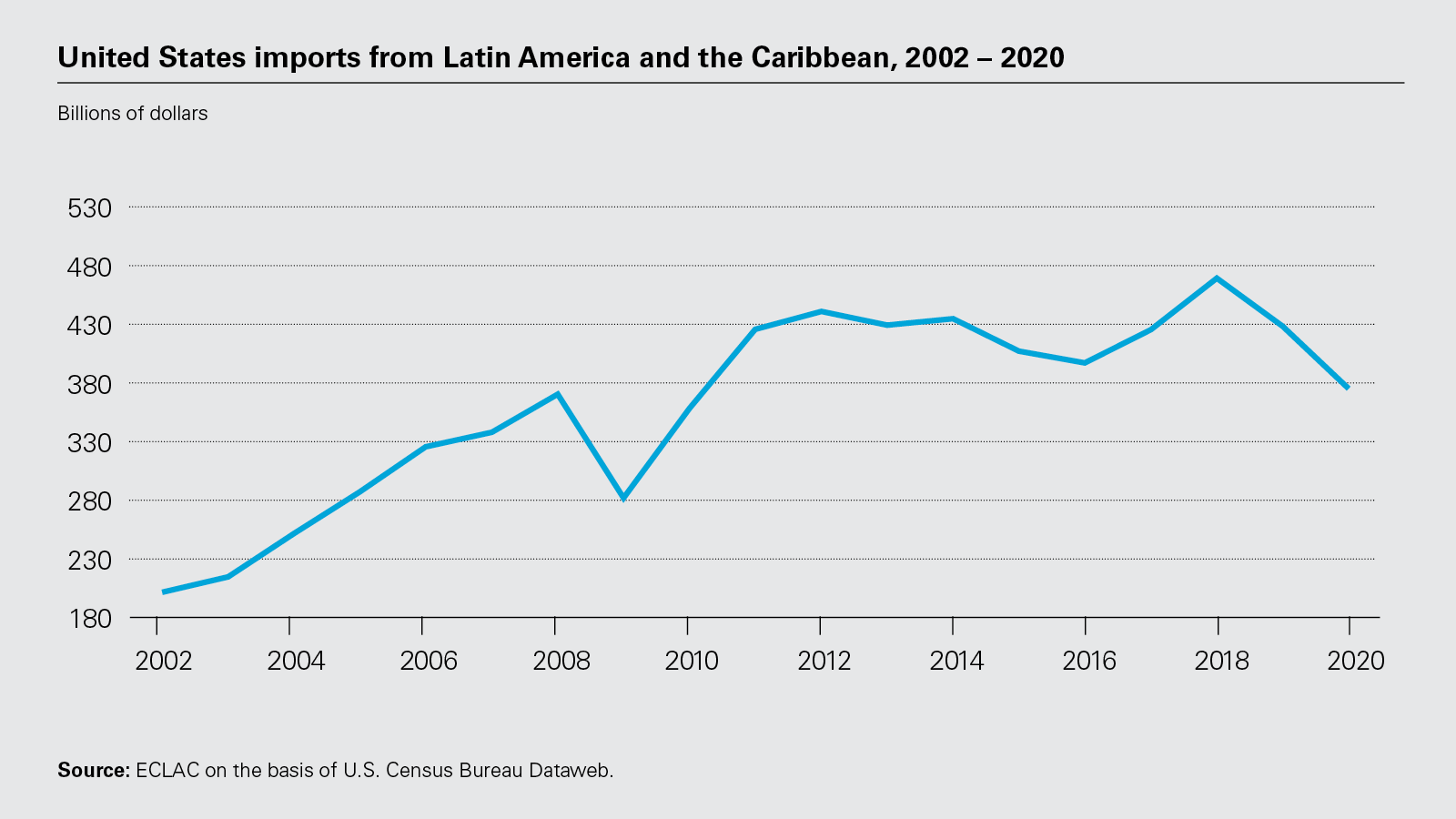

In our inaugural edition of Latin America Focus, produced by the Latin America Group at White & Case in the autumn of 2021, we offered scant good news. COVID-19 had thumped Latin American business harder than it had companies anywhere else, contracting Latin America's 2020 economies by nearly 7 percent, compared to a global average contraction of 3 percent. Latin America also was riding a rollercoaster of mounting populism and resource nationalism in 2021, and feeling the uncertainty that accompanies such trends.
Despite the then-present challenges, in that edition we highlighted a number of reasons to anticipate a LatAm resurgence in 2022, including an expected investment push into the region in certain sectors; the search for yields in emerging markets, commitments to mitigate climate change by global natural resources and energy companies; and the technology-driven push to digitize an increasingly global world economy.
How inspiring it has been to see most of this resurgence flower throughout the year since.
In this Fall 2022 edition of Latin America Focus, partners in our Latin America Group have written articles based on their personal experiences in the trenches and on market research that look forward to 2023 and together reveal the continuation—and perhaps acceleration—of many of the same global megatrends that propelled selective investment growth in the region in 2022.
Chief among these megatrends is Latin America's forceful digitalization efforts. The region's large, young and habitually connected population, the current global financial equity investor liquidity and related resilient M&A activity and its booming fintech industry are effectively working together to position Latin America as a gigantic growth market for the tech sector over the next five years. In the tech hotbeds of Brazil, Chile, Colombia and Mexico, the number of tech startups has nearly tripled in the past five years, and across Latin America, technology transactions accounted for more than 40 percent of M&A deal value through the first half of 2022.
Not far behind the technology deal growth is the global energy transition; already Latin America's abundant wind and solar energy sources bolster its economy, attracting investment and creating new job opportunities. Still a major global player in oil & gas, the region looks well placed to emerge as a key global producer of green hydrogen. And as the energy transition picks up pace, carbon markets are starting to emerge across the region, teasing a future wherein Latin America stands as an innovative hub of carbon market activity and low-carbon development for the benefit of the entire world.
To be sure, challenges remain in both energy and tech: National hydrocarbons companies in the region, which account for a massive slice of hydrocarbon production there, continue to prioritize energy security over energy transition. Latin American countries (Brazil perhaps excepted) lag behind their North American and European counterparts on investment in digital infrastructure and addressing the digital divide between rich and poor. Despite the fintech boom, Latin Americans still have relatively little access to banking services and secure online payment gateways. Latin American countries also lag on developing intermediary liability frameworks and related consumer protections that offer security and certainty to digital platforms and their users.
The White & Case Latin America Group has produced this publication to provide market insights from our practical experiences and proprietary research that could be valuable to senior decision-makers eyeing the region for opportunities. I hope that you enjoy reading these insights and will contact us if there are any topics that you would like us to cover in future editions of Latin America Focus.


On June 8, 2022, at the Ninth Summit of the Americas, the Biden administration announced that it would seek to negotiate the APEP with countries in the Western Hemisphere. Representatives of 15 countries in the region, including Argentina, Brazil, Colombia, Mexico and Peru, attended the summit. The proposed scope and structure of the APEP would resemble that of the Indo-Pacific Economic Framework (IPEF) that the Biden administration is pursuing with Indo-Pacific countries, covering supply chains, clean energy, infrastructure and a small subset of trade issues, among other topics. The Biden administration intends to hold initial consultations with like-minded partners in the region over the coming months, with the goal of reaching agreement on the scope of the APEP and launching formal negotiations this autumn, and later opening the process up to other countries in hopes of garnering widespread support.
The APEP is not expected to involve tariff liberalization or other market access commitments, and the administration has indicated that it does not intend to submit it to Congress for approval. Administration officials have also proposed that the APEP use a flexible structure, allowing countries to choose the pillars they want to join, as opposed to requiring them to assume obligations under all five.
However, the administration has not yet announced whether any countries have agreed to participate in the initial consultations, and Latin American countries do not appear to be receiving the proposal with enthusiasm.
354
Regional Trade Agreements were in force as of March 2022